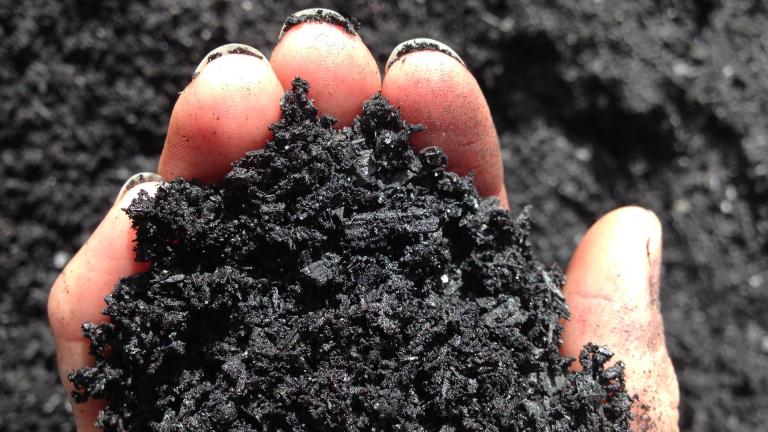
Last year the Earth exceeded 1.5 degrees Celsius of warming above preindustrial times, a threshold beyond which wildfires, droughts, floods, and other climate impacts are expected to escalate in frequency, intensity, and lethality. To cap global warming at 1.5 C and avert that scenario, the nearly 200 signatory nations of the Paris Agreement on climate change will need to not only dramatically lower their greenhouse gas emissions, but also take measures to remove carbon dioxide (CO2) from the atmosphere and durably store it at or below the Earth’s surface.
Past analyses of the climate mitigation potential, costs, benefits, and drawbacks of different carbon dioxide removal (CDR) options have focused primarily on three strategies: bioenergy with carbon capture and storage (BECCS), in which CO2-absorbing plant matter is converted into fuels or directly burned to generate energy, with some of the plant’s carbon content captured and then stored safely and permanently; afforestation/reforestation, in which CO2-absorbing trees are planted in large numbers; and direct air carbon capture and storage (DACCS), a technology that captures and separates CO2 directly from ambient air, and injects it into geological reservoirs or incorporates it into durable products.
To provide a more comprehensive and actionable analysis of CDR, a new study by researchers at the MIT Center for Sustainability Science and Strategy (CS3) first expands the option set to include biochar (charcoal produced from plant matter and stored in soil) and enhanced weathering (EW) (spreading finely ground rock particles on land to accelerate storage of CO2 in soil and water). The study then evaluates portfolios of all five options — in isolation and in combination — to assess their capability to meet the 1.5 C goal, and their potential impacts on land, energy, and policy costs.
The study appears in the journal Environmental Research Letters. Aided by their global multi-region, multi-sector Economic Projection and Policy Analysis (EPPA) model, the MIT CS3 researchers produce three key findings.
First, the most cost-effective, low-impact strategy that policymakers can take to achieve global net-zero emissions — an essential step in meeting the 1.5 C goal — is to diversify their CDR portfolio, rather than rely on any single option. This approach minimizes overall cropland and energy consumption, and negative impacts such as increased food insecurity and decreased energy supplies.
By diversifying across multiple CDR options, the highest CDR deployment of around 31.5 gigatons of CO2 per year is achieved in 2100, while also proving the most cost-effective net-zero strategy. The study identifies BECCS and biochar as most cost-competitive in removing CO2 from the atmosphere, followed by EW, with DACCS as uncompetitive due to high capital and energy requirements. While posing logistical and other challenges, biochar and EW have the potential to improve soil quality and productivity across 45 percent of all croplands by 2100.
“Diversifying CDR portfolios is the most cost-effective net-zero strategy because it avoids relying on a single CDR option, thereby reducing and redistributing negative impacts on agriculture, forestry, and other land uses, as well as on the energy sector,” says Solene Chiquier, lead author of the study who was a CS3 postdoc during its preparation.
The second finding: There is no optimal CDR portfolio that will work well at global and national levels. The ideal CDR portfolio for a particular region will depend on local technological, economic, and geophysical conditions. For example, afforestation and reforestation would be of great benefit in places like Brazil, Latin America, and Africa, by not only sequestering carbon in more acreage of protected forest but also helping to preserve planetary well-being and human health.
“In designing a sustainable, cost-effective CDR portfolio, it is important to account for regional availability of agricultural, energy, and carbon-storage resources,” says Sergey Paltsev, CS3 deputy director, MIT Energy Initiative senior research scientist, and supervising co-author of the study. “Our study highlights the need for enhancing knowledge about local conditions that favor some CDR options over others.”
Finally, the MIT CS3 researchers show that delaying large-scale deployment of CDR portfolios could be very costly, leading to considerably higher carbon prices across the globe — a development sure to deter the climate mitigation efforts needed to achieve the 1.5 C goal. They recommend near-term implementation of policy and financial incentives to help fast-track those efforts.





